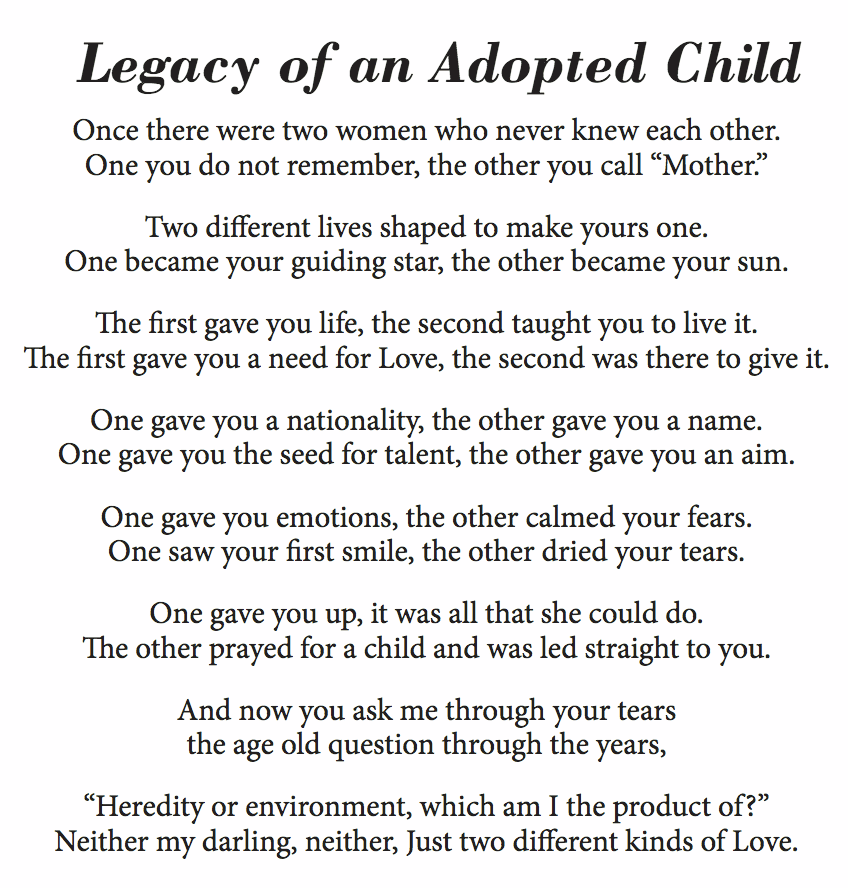
Unlike old-school bullying, cyberbullying is not confined to school grounds, but can happen at any time and at any location. Cyberbullying is a serious issue, but as a parent, you can take control to keep your children safe. Cyberbullying is becoming more and more prevalent among children of all ages, and the best protection involves a combination of the tips below and utilizing parental monitoring technology like Bark.us to alert you and combat it.
Learn More For Yourself
What is Cyberbulling? Cyberbullying takes many different shapes and forms (people impersonating others, Photoshopping photos, generating memes), so educate yourself about cyberbullying so you can spot it if it happens.
Remember Password Protection
Some cyberbullies hack into accounts to post offensive statuses, updates, photos, or videos to make it look like the account holder posted them. The best way to prevent this is to create a strong password and never give it to anyone other than parents. (Parents should always be given access to kids’ social media passwords.)
Don’t Send Racy Photos
One of the best ways to protect kids from cyberbullying is to remind them that they should never send racy photos, or any other texts, images, or videos that aren’t rated at least PG.
Think Before You Post
Kids often say things that are out of character due to emotions. They make say mean things to or about someone they know, or they might even post a photo they find funny, but others could find offensive. Remind your kids to think about how their post might make others feel before they make it visible.
Check Privacy Settings
Most social media providers offer a variety of privacy settings that allow you and your children to control who sees the things they post. Take the time to read about these settings and what they do, then decide together which are the most appropriate for your family.
Don’t Open Messages From Strangers
Cyberbullying isn’t always carried out by people your kids know. In fact, perfect strangers may bully your children, or they may pose as strangers to provide themselves with anonymity. Teach your kids to never open messages or accept “friend requests” from strangers.
Don’t Log Into Accounts On Public Computers
Remind your children that public computers are not safe when it comes to social media. Even if they log out after their sessions, things like keystroke loggers can remember passwords and status updates, which can compromise privacy and security.
- Emotionally agitated after getting off the internet or their devices
- Seems anxious or uneasy when they receive an alert or text message
- Unwilling to hand over their devices
- Change in mood, withdrawn, depressed, or often angry or anxious
- Change in behavior, sleep patterns, or grades at school
#8– Support And Address As A Team
Let your child know they can come to you about any concern they have, and you will address it together. If they feel like they can talk about their issues without you reacting in anger or being upset, they will be more likely to approach you if it is happening to them. It’s often hard for victims to reach out for help, so reinforcing that you are there for them (and staying calm) is extremely important. Next, figure out the response together. It is important to equip your child with the tools they need to know how to respond to bullies. Teach them to not engage the bully, but screenshot and save any message that contains threatening or hurtful remarks, as it may be important to have a paper trail if the situation escalates. Teach your child that they can, and should, report these instances to you, a teacher or any trusted adult. Then, discuss possible solutions together based on the specific circumstances.
Although there’s nothing that can protect your children from cyberbullying 100%, you can lessen the chances it will happen and help them stay safer online. These tips are a great start, so please make sure to talk about them with your tweens and teens right away.
By Titania Jordan, Chief Parent Officer at at www.bark.us and former CMO at KidsLink, co-founder/CMO at Privet, and Executive Director of Band of Coders Girls Academy. Titania has tremendous experience at the intersection of families and technology.

Read Next | This Is Everything You Need to Find an Amazing Summer Camp Program in Staten Island






